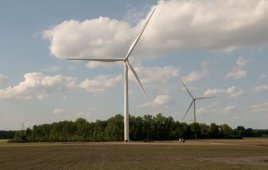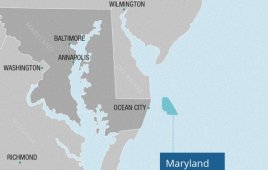Transportation will choose emerging structural materials to save fuel, as energy use rises 53% from 2008 levels to 765 quadrillion BTUs in 2035, says Lux Research.
While carbon fiber and nanomaterials tend to gain all the hype, other advanced structural materials such as magnesium and advanced high-strength steel (AHSS) will have a greater impact on efficient energy use, according to a Lux Research report. Lightweighting has quantifiable savings — in aviation, a 1-lb. reduction is worth a $100 to $300 premium – but each material presents its own challenges, requiring careful choices.
While AHSS remains the leader, carbon-fiber reinforced plastics (CFRPs) can offer greater benefits, and aluminum alloys occupy the middle ground. Magnesium is the lightest structural metal, though it is hobbled by concerns about availability, and titanium’s cost continues to inhibit adoption outside of a few high-end applications, according to the report.
“Meeting the rising energy demand while minimizing environmental impact and maintaining economic growth and opportunity is one of the most important issues of the 21st century — and using current energy reserves more efficiently will no doubt play a critical part,” said Ross Kozarsky, Lux Research Analyst and the lead author of the report titled, Structural Navigation: Optimizing Materials Selection in Automotive and Aerospace.
“The transportation sector commands nearly one-third of global energy demand, providing a vast swath of saving opportunity, and enhancing operating efficiency with lighter structural materials is one of the most promising avenues towards achieving this goal,” he added.
Lux Research analysts conducted decision-tree analyses to understand which materials flourish where — now and in the future — and help automotive and aerospace companies, and guide suppliers and material developers to the best opportunities. Among their findings:
· AHSS is the cost and availability leader. At an average price of $1.70/kg, AHSS is the cheapest advanced structural material and available in plenty. Its affordable price is a significant advantage for high-volume vehicles, but properties aren’t as dazzling as some other materials, and its limited ductility and welding pose problems.
· Aluminum is often the best short-term bet. Aluminum is second only to steel in cost and availability because of the scale brought by global giants like Alcoa, Rio Tinto Alcan and Rusal. Its alloys occupy the middle ground on the overall structural materials spectrum and in many uses is the best material to use in the short term without disrupting manufacturing paradigms.
· Aerospace is decades ahead of automotive in CFRP. While new aerospace models like Airbus’ A350 and Boeing’s 787 Dreamliner employ over 50% CFRP by weight, on average polymer composites constitute less than 2% of an automobile’s total weight. This dichotomy in penetration has resulted in Boeing and Airbus enjoying longstanding relationships with major carbon fiber suppliers such as Toray, Teijin, Mitsubishi Rayon, Hexcel, Cytec and Formosa.
The report, “Structural Navigation: Optimizing Materials Selection in Automotive and Aerospace,” is part of the Lux Research Advanced Materials Intelligence service.
Lux Research
www.luxresearchinc.com
Filed Under: Uncategorized




